Preventing Cranberry Diseases: How To Treat A Sick Cranberry Plant

Cranberries are a quintessentially American fruit that not many people even realize they can grow at home. If you’re one of the lucky few who have cranberries in their garden, odds are you’re very protective of them and their tart, delicious fruits. Keep reading to learn more about common diseases of cranberries and how to treat a sick cranberry plant.
Common Cranberry Diseases
Here are some of the most common diseases of cranberries: Leaf spot – There are several bacterial and fungal issues that can cause leaf spots on cranberries. These include red leaf spot, Proventuria leaf spot, Cladosporium leaf spot, early leaf spot, and Pyrenobotrys leaf spot. These diseases thrive in moisture and can usually be prevented by irrigating during the day when water has time to evaporate and ensuring the soil drains well. If plants are already infested, treat with fungicide. Red shoot disease – Signs of red shoot disease start when early growth becomes spindly and turns red. While it looks strange, red shoot disease isn’t a serious problem and doesn’t have a definitive treatment. Rose bloom – A fungus that causes some new growth to become thick and pink, like a rose. It can usually be prevented by increasing sun and air flow. It can be treated with fungicide. Cottonball – The berries fill with a cottony fungus, and stem tips wither into a shepherd’s crook shape. The disease can be prevented by good drainage and by removing the previous year’s infected fruits. Stem gall/canker – Shoots die back, and growths develop on stems. Bacteria enter through wounds, so the disease can be prevented by avoiding winter and human damage. Sprays containing copper can be effective treatment if the infection isn’t bad. Twig blight – Infected leaves turn dark brown then light tan and stay on the vine all through the winter. Twig blight can be prevented by encouraging good sun and air circulation and treated with fungicide. Fruit rot – Many causes include bitter and blotch rot, early rot, hard rot, scald, and viscid rot. You can prevent this by making sure the vines don’t sit in water for too long. If you use flooding, only do it late in the season. False blossom disease – Transmitted by the blunt-nosed leafhopper, the flowers of the plant grow erect and never form fruit. Apply insecticides if you notice a leafhopper infestation.
Gardening tips, videos, info and more delivered right to your inbox!
Sign up for the Gardening Know How newsletter today and receive a free copy of our e-book "How to Grow Delicious Tomatoes".

The only child of a horticulturist and an English teacher, Liz Baessler was destined to become a gardening editor. She has been with Gardening Know how since 2015, and a Senior Editor since 2020. She holds a BA in English from Brandeis University and an MA in English from the University of Geneva, Switzerland. After years of gardening in containers and community garden plots, she finally has a backyard of her own, which she is systematically filling with vegetables and flowers.
-
 Types Of Tomatoes Explained: Explore The Many Wonderful Shapes, Colors, Flavors, & Best Uses
Types Of Tomatoes Explained: Explore The Many Wonderful Shapes, Colors, Flavors, & Best UsesThe world of tomato varieties is vast and fascinating. Learn about the key types to grow in your garden, tailored to your preferences and space.
By Amy Grant
-
 Try The Trend – Turn Any Bed Into A Keyhole Garden With This Clever In-Ground Composter
Try The Trend – Turn Any Bed Into A Keyhole Garden With This Clever In-Ground ComposterKeyhole gardening is an efficient and sustainable practice that saves space. Get started on this DIY project quickly and easily with an in-ground composter.
By Bonnie L. Grant
-
 Growing Cranberries From Cuttings: Tips For Rooting Cranberry Cuttings
Growing Cranberries From Cuttings: Tips For Rooting Cranberry CuttingsRooting cranberry cuttings may require some patience, but for the dedicated gardener, that's half the fun. Interested in trying your own cranberry cutting propagation? Find out how to root cranberry cuttings in this article. Click here for more info.
By Amy Grant
-
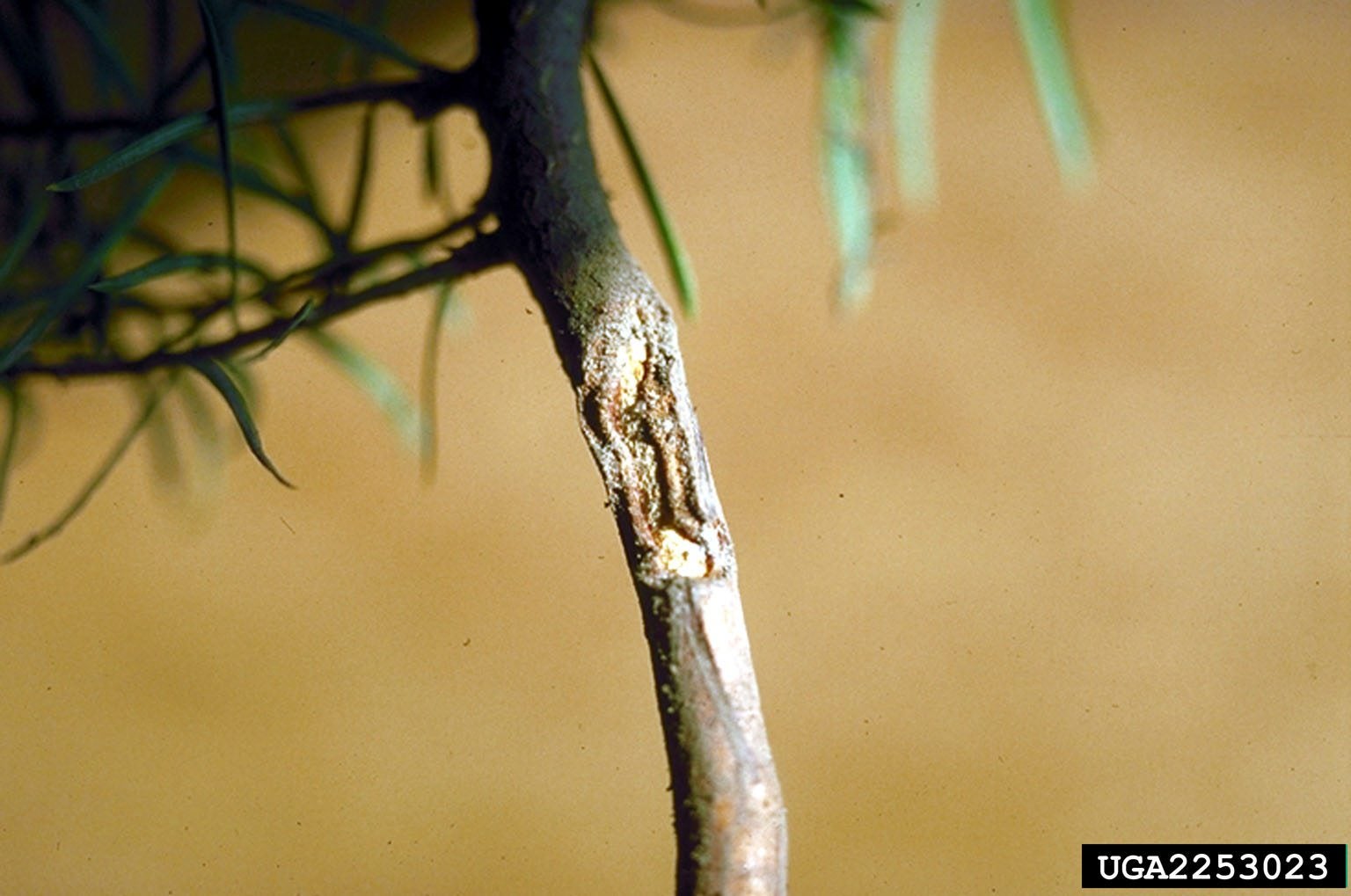 Cranberry Insect Pests: How To Treat Pests On Cranberries
Cranberry Insect Pests: How To Treat Pests On CranberriesCranberries are wonderful fruits that not many people think they can grow at home. If you?re one of the lucky few with your very own cranberry vines, you might be devastated by the sudden invasion of insects. Learn more about cranberry pest management here.
By Liz Baessler
-
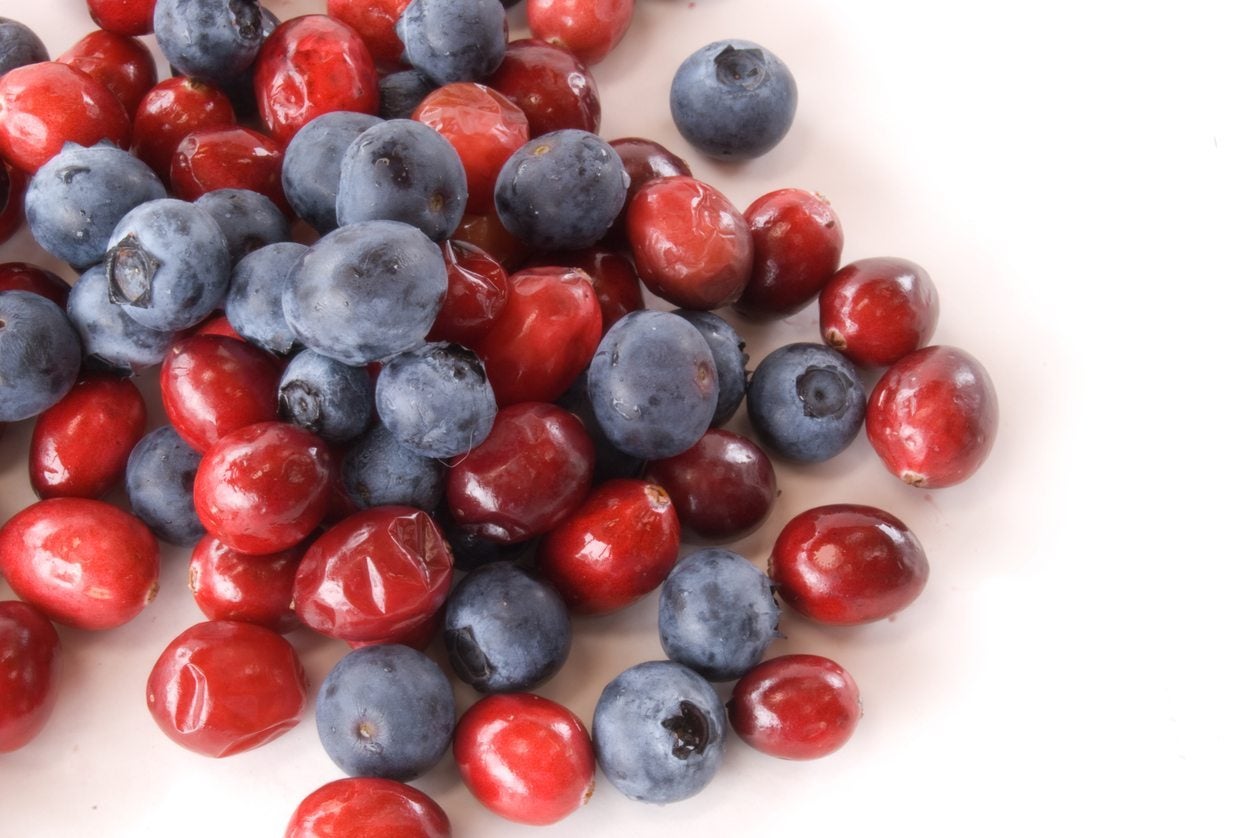 Cranberry Companion Plants: What To Grow Near Cranberries
Cranberry Companion Plants: What To Grow Near CranberriesWhenever you decide to plant anything, you should learn about the plants that are companions to it in order to maximize your plants? performance. This is exactly what I did with my cranberry plants. Click here to learn more about plants that grow well with cranberries.
By Shelley Pierce
-
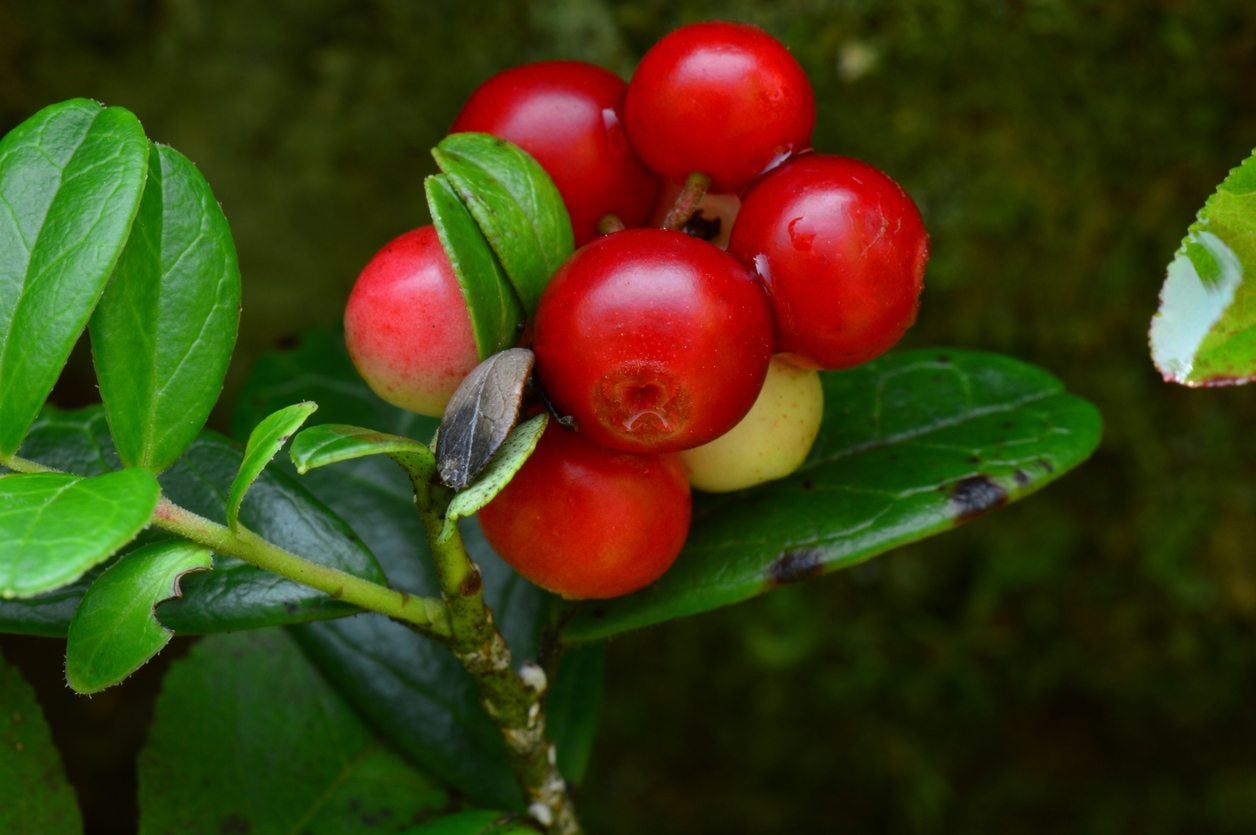 Problems With Cranberries: Common Fixing Cranberry Diseases And Pests
Problems With Cranberries: Common Fixing Cranberry Diseases And PestsIf you?re looking for an unusual addition to your garden this year, cranberries are where it?s at. But before you dive into the bog head first, make sure you read up on some of the most common problems that can affect this sweet tart of a crop. This article will help.
By Kristi Waterworth
-
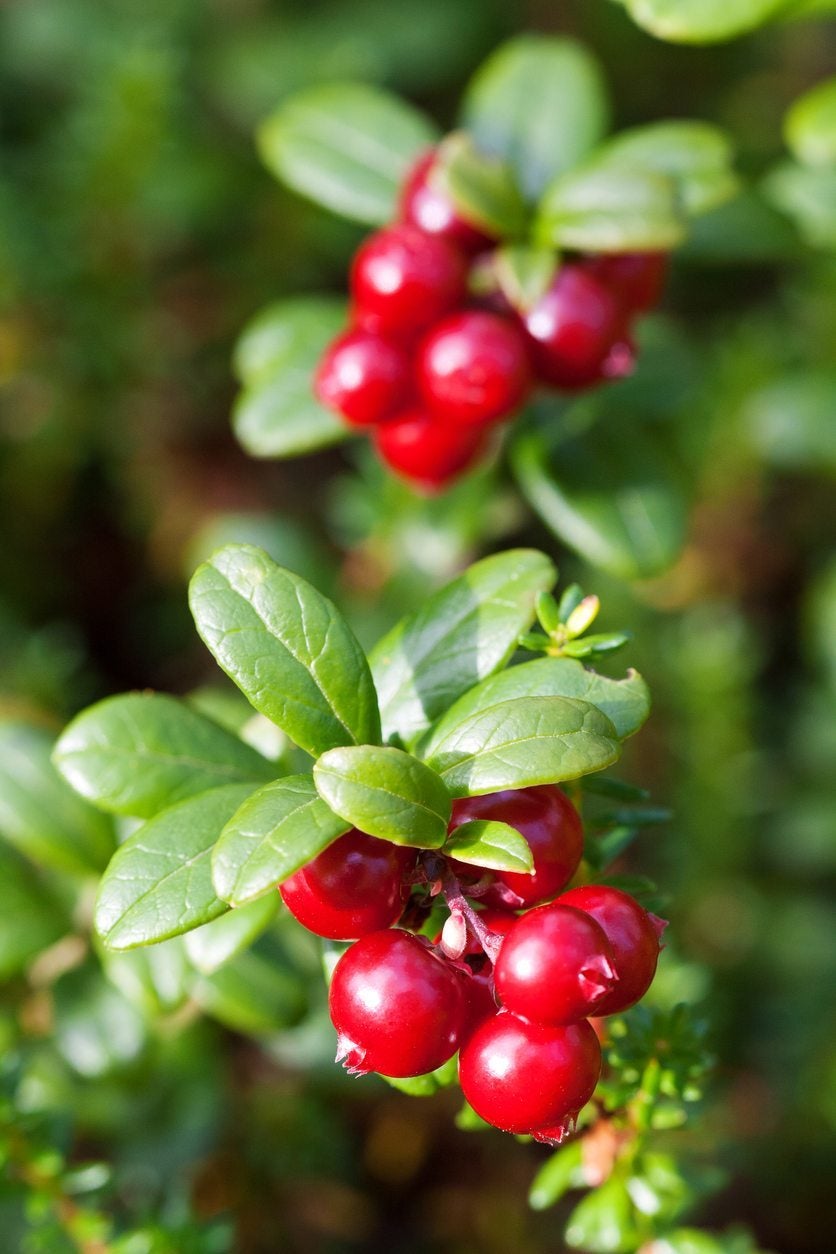 Potted Cranberry Plants – Tips On Growing Cranberries In Containers
Potted Cranberry Plants – Tips On Growing Cranberries In ContainersBerry producing plants like cranberries are now being added to multi-functional container designs. You may be thinking: hold on a minute, potted cranberry plants? Don't cranberries grow in large bogs? In this article, we will discuss growing cranberries in containers.
By Darcy Larum
-
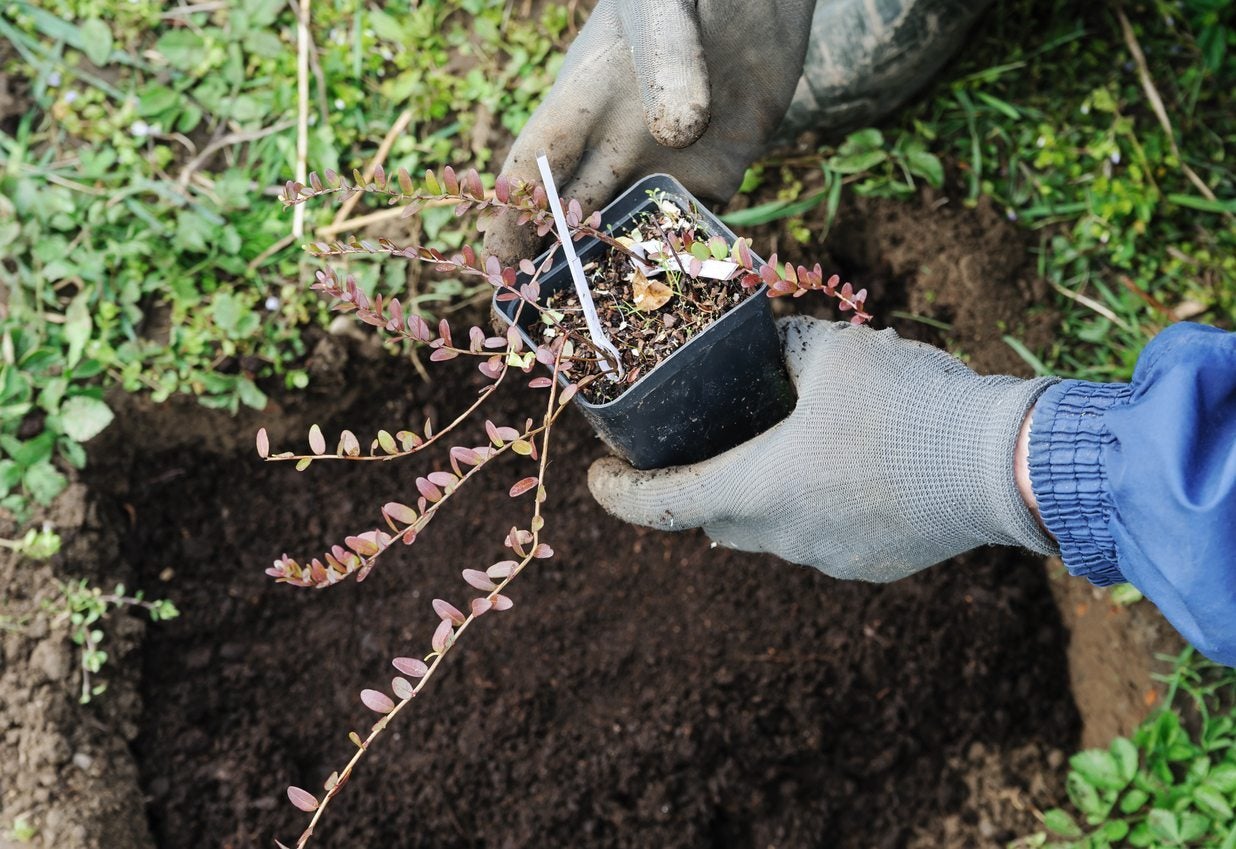 Cranberry Propagation Tips: How To Propagate Cranberries In The Garden
Cranberry Propagation Tips: How To Propagate Cranberries In The GardenHave you ever wondered how to propagate cranberries? If you, too, are interested in cranberry propagation, click on the following article to find out useful information on reproducing cranberries. Learn more here.
By Amy Grant
-
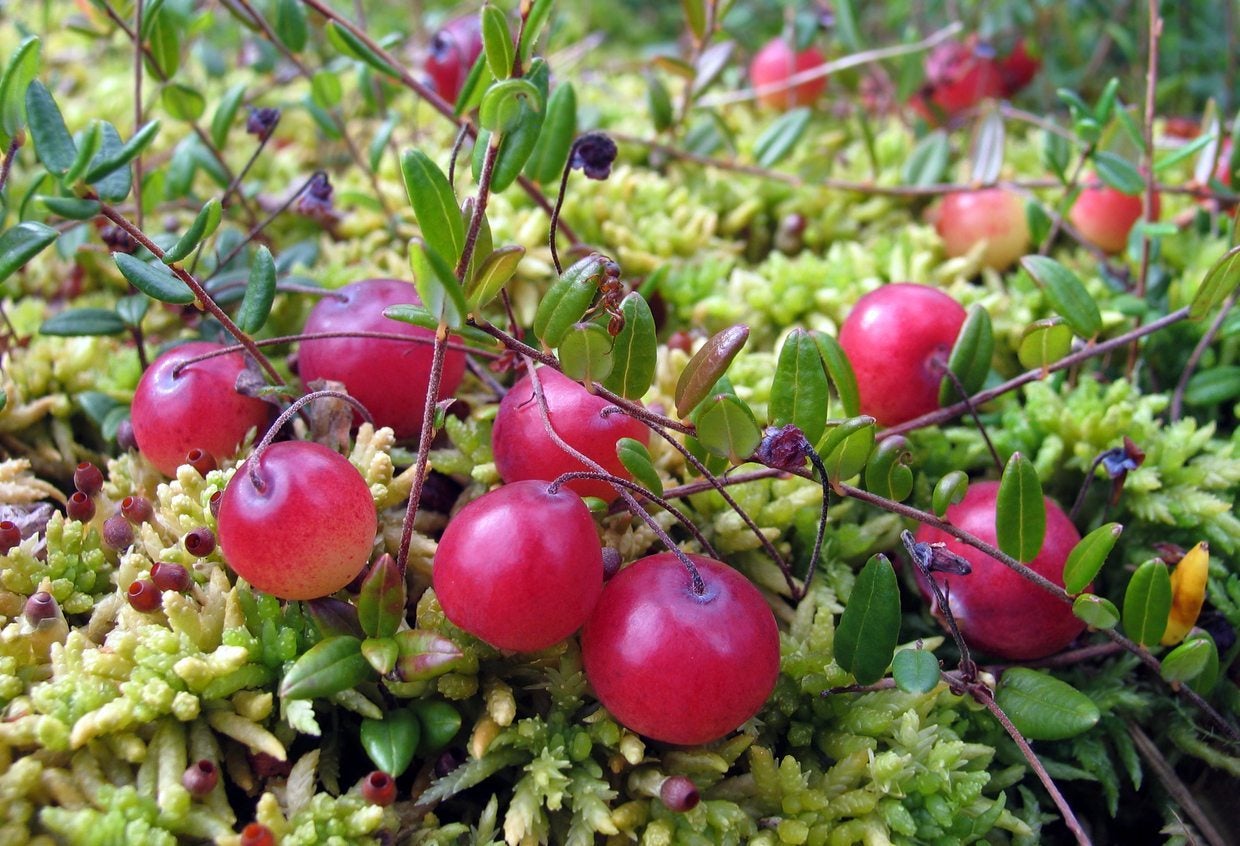 Different Cranberry Varieties: A Guide To Common Types Of Cranberry Plants
Different Cranberry Varieties: A Guide To Common Types Of Cranberry PlantsCranberry season is looked forward to and celebrated from fall into winter. Yet, even cranberry devotees may not know much about this little berry, including different cranberry varieties because, there are several varieties of cranberry. Learn about them here.
By Amy Grant
-
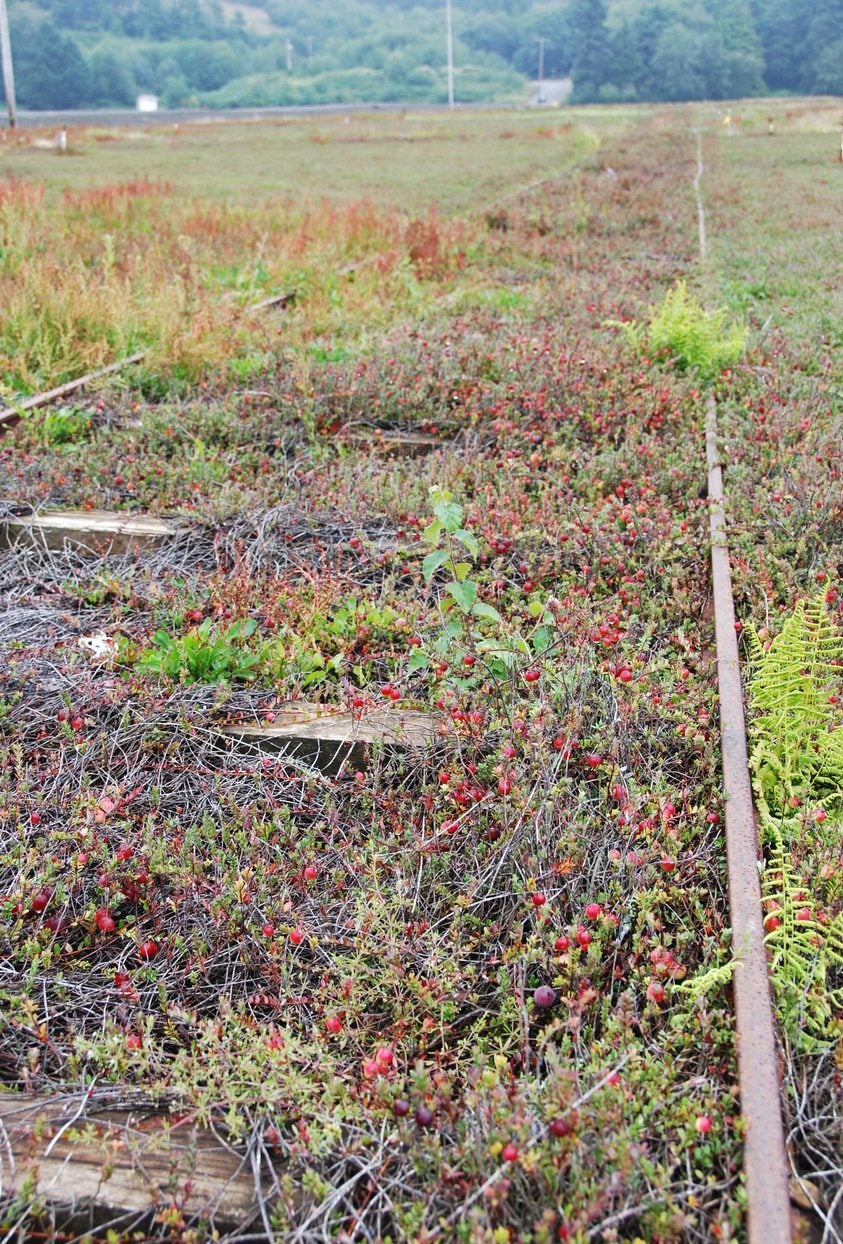 Cranberry Winter Protection: A Guide To Cranberry Winter Care
Cranberry Winter Protection: A Guide To Cranberry Winter CareWhat happens to cranberries in winter? Cranberries go semi-dormant in their bogs during the cold months of winter. In order to protect plants from the cold and possible heaving, growers typically flood the bogs. Learn more here on cranberry winter protection.
By Bonnie L. Grant